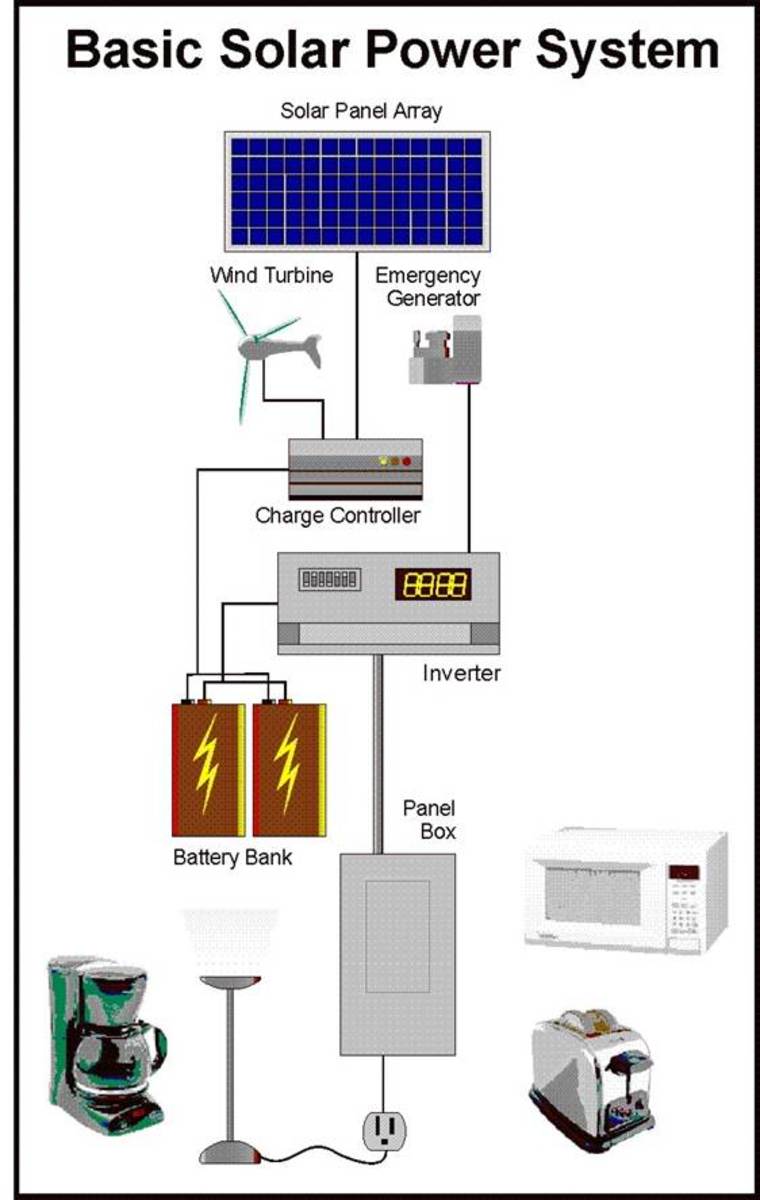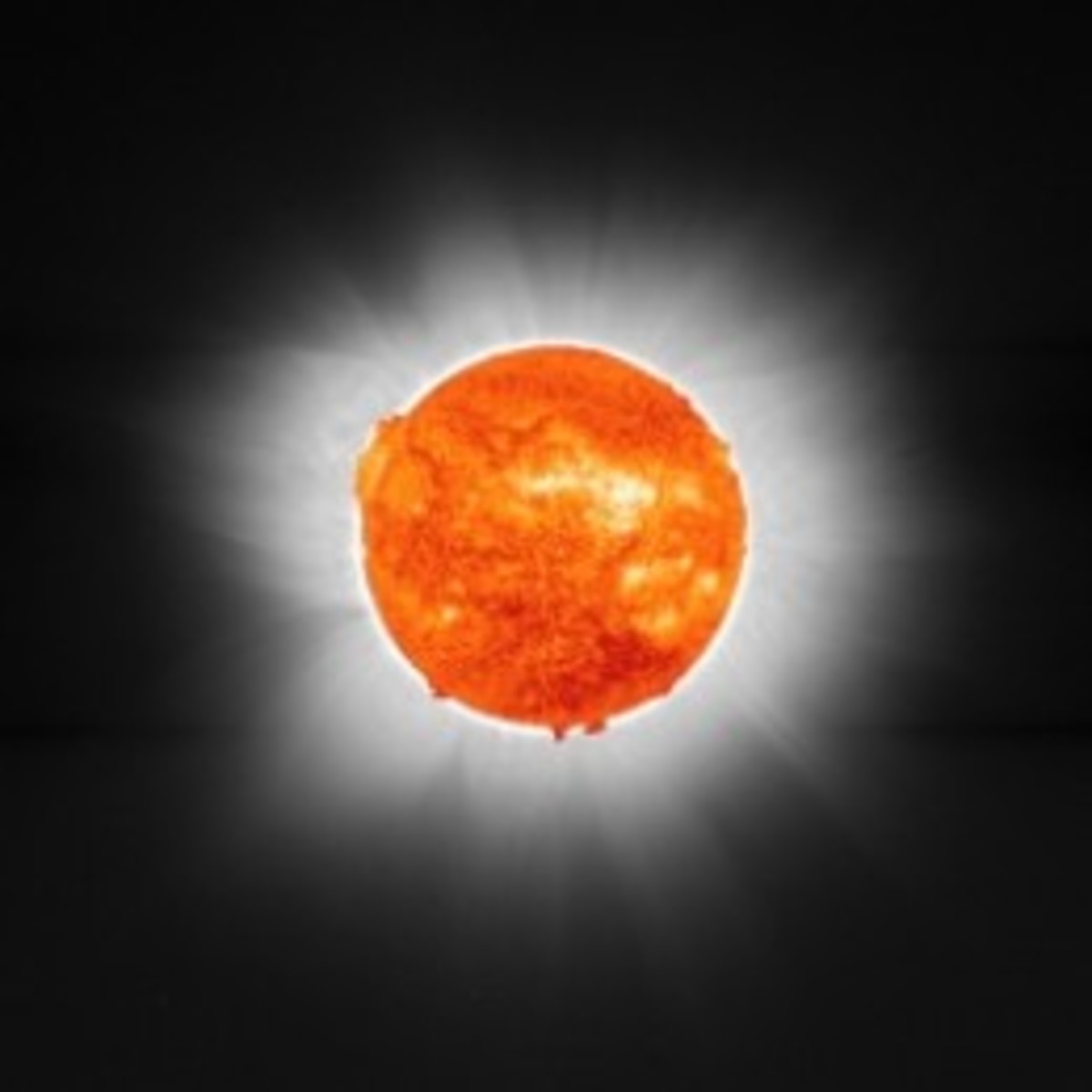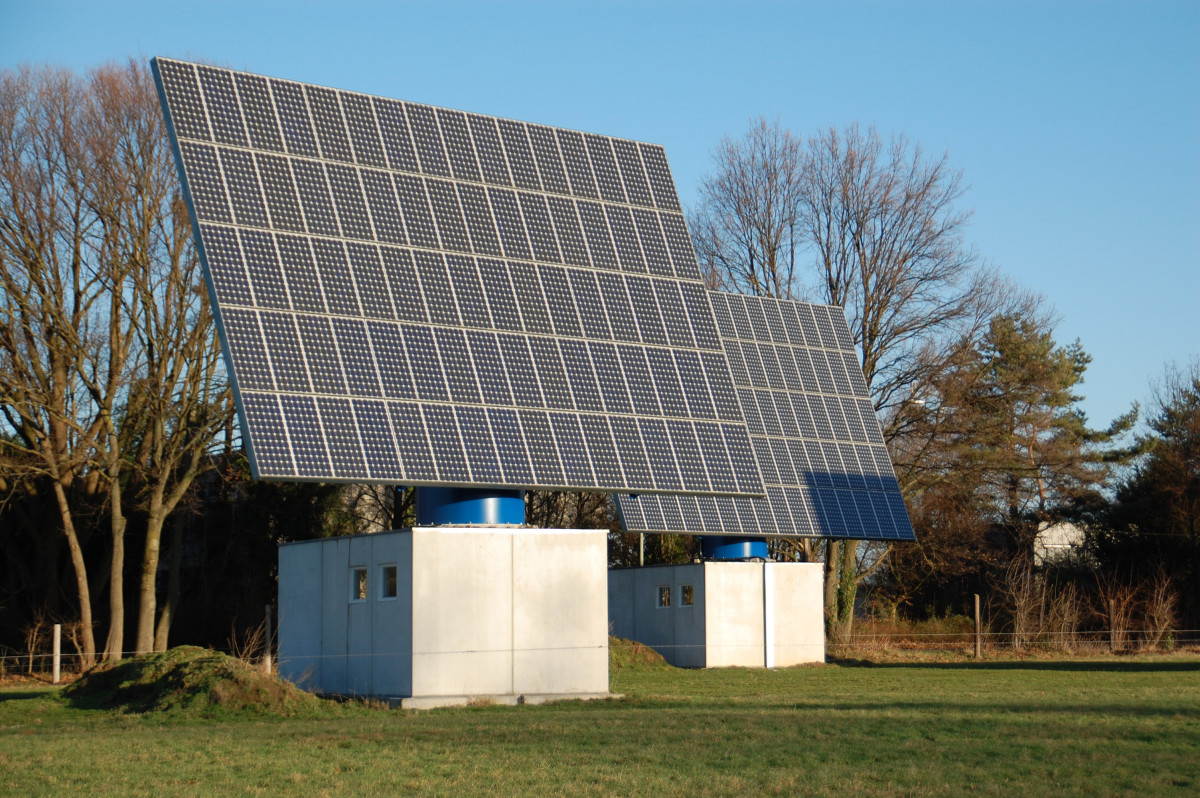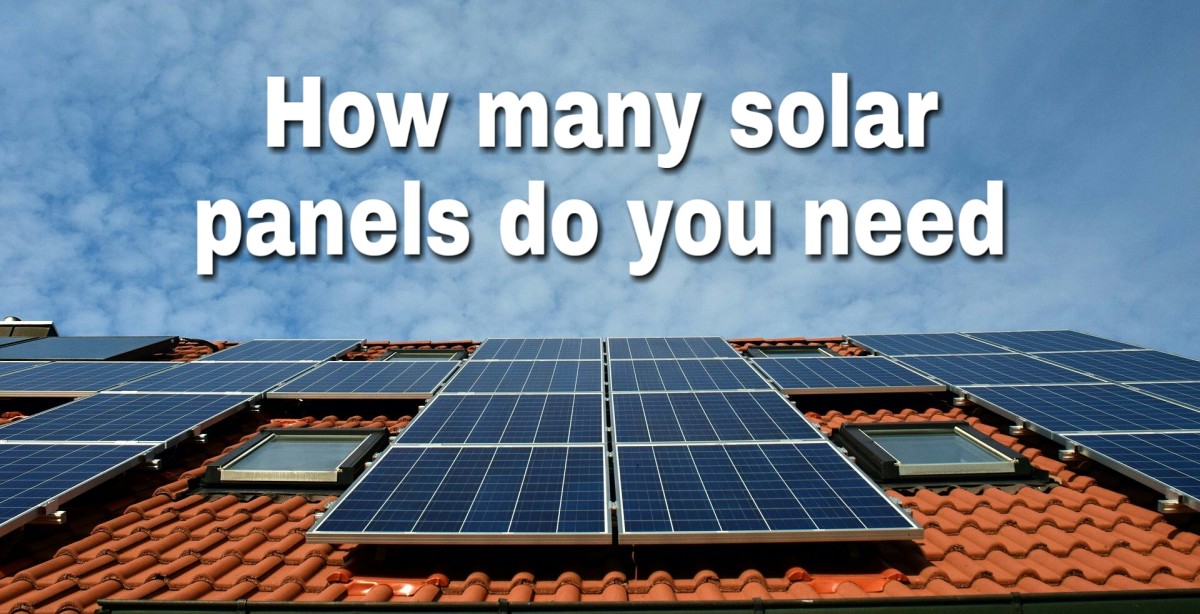How Solar Energy is Changing the World

Solar Energy - What's New Under the Sun?
Capturing the Power of the Sun
In 1839, French physicist, Alexandre-Edmund Bequerel, while studying the solar spectrum discovered the "photovoltaic effect." Ironically, Bequerel began his experimentation in photography with effects like luminescence and phosphoresence, dabbling with chemicals that created a variety of photographic effects.
One of his most notable experiments In this experiment, he placed silver chloride in an acid solution which he illuminated. Then, he connected this to platinum electrodes which resulted in generating voltage and current. This is referred to as the photovoltaic effect. Scientists sometimes refer to it as the "Becquerel effect". Photovoltaic effects and studies that followed Bequerel were further advanced by men like R.E. Adams, Heinrich Hertz and Charles Fritts to name a few. The photovoltaic cell which stores sunlight as energy was first patented as a "solar cell" by Edward Weston in 1888.
First Solar Energy Systems
By 1920, the first solar water heating systems were used in homes and apartments and relied on flat plate collectors to distribute heat. With the advent of the space age in the early 1950s, Bell Laboratories was first to use solar cells for space activities. The photovoltaic cells (PV) in the 1950s were produced from lithium silicon, silicon and nickel cadium. The PV cells were transformed as batteries by the late 1950s. Eventually, solar panels were manufactured in various countries that were installed on rooftops, sidings and as free-standing units. Today, some US states have found a use for "brown fields" by converting them into "solar farms."
How Much Power Can Solar Energy Produce?
The ranges of power of solar cells went from a few kilowatts in the early 1900s to 21.3 million megawatts of energy production worldwide by 1977. Today, a typical solar panel can produce up to 200 watts of power. This depends on the size of the panels, the actual design of a solar array and also the quality of the panels purchased.
Misconceptions About Solar Energy
Solar energy is renewable. There are many misconceptions about solar heating and cooling. This is mostly due to misinformation. The first is how much power solar can produce to keep homes and buildings heated and cooled. Unless the sun disappears from the sky for months at a time, sunlight provides sufficient solar power for homes and buildings. Once solar conversions are completed, the difference between fossil fuel energy and solar is negligible. Other misconceptions about solar energy is that it is too expensive to install. In reality, there are thousands of solar energy companies throughout the US who offer a broad range of conversion plans. Solar panel are sized according to the overall volume of energy needed. Thus, solar panels for a 3300 sq. ft. home will cost more than for a home of less than 1800 sq. ft. Panels can be purchased with a financing plan over a period of time, leased to buy, leased on a month to month basis or, some solar energy companies install panels with zero cost for installation. In this case, a monthly solar bill is submitted by the solar energy company, similar to the electric, oil or natural gas bills from utility companies. The difference is in the monthly cost of solar. It is approximately one-third the cost of regular electricity and 1/5 the cost of natural gas. Electricity pricing varies due to state regulations and the utility companies' policies. Rates for electricity are also based on volume of use and whether the customers are residential or commercial.
The other misconception about solar panels is their aesthetic value to homes and buildings. Fortunately, this too is no longer valid. Today's solar panel manufacturers heard this complaint and are already creating solar panels that are 100% efficient and also aesthetically pleasing for curb appeal.
Solar Energy - What's New Under the Sun?
It's interesting to note that a single advancement like solar energy can begin to create numerous positive effects. In addition, to solar panels and solar farms, researchers have begun to look at the advantages of solar grid systems. With the ability to store energy in cells, electric automobiles are on the rise. Originally, these were thought to be a gimmick. Worldwide, an estimated 1.2 billion electric cars and light utility vehicles were sold by 2014. The US numbers 363,000 electric cars were sold. Ref: https://en.wikipedia.org/wiki/Electric_car_use_by_country. Clearly, the market for electric cars is growing worldwide as it is in the USA. Ref: cleantechnica.com/.../ev-demand-growing-global-market-hits-740000-u..
Pull in, Plug In and Go - Electric Charging Stations Changes the Landscape
By adapting the use of "charging stations" on highways, electric charging stations can be found across the US. For references to locations, visit: http://www.afdc.energy.gov/fuels/electricity_locations.html. Today, there are 27,350 charging stations, some of which have been retrofitted from older gas stations. Charging stations are as convenient for drivers as gasoline stations. A fast charge of 40 KW can deliver 60 miles of vehicle travel. Battery swap outs take less than 10 minutes.
Where Does Solar Power Go From Here?
According to Solar Energy Industries Association, "in 2014, with over 195,000 installations in 2014, nearly 645,000 U.S. homes and businesses have now gone solar and a new solar project was installed every 2.5 minutes." See www.seia.org/research-resources/solar-industry-data.
Where does solar power go from here? When you consider how simple batteries have been a basic staple for flashlights, clocks, computers and other wireless devices, it's easy to imagine that in the not too distant future, devices that relied on acid batteries will inevitably operate from solar batteries. The popularity of "wirelessness" has grown to epic proportions. Wireless cell phones, smart phones, security and recording devices can all be used to program home heating thermostats and other appliances that have programmable logic controllers (PLCs) that allow links between the programs and devices.
PLCs are already in widespread use in many industrial facilities. PLCs in these cases are used to monitor changes in the operation of industrial equipment. With the growth of solar power, it may be possible to use solar energy to program a wider range of devices linked to a single solar powered source. Solar monitors exist so that programmers can more easily develop platforms to run application libraries, sample codes that are free of bugs and conceptualize cycles that develop and validate device performance.








